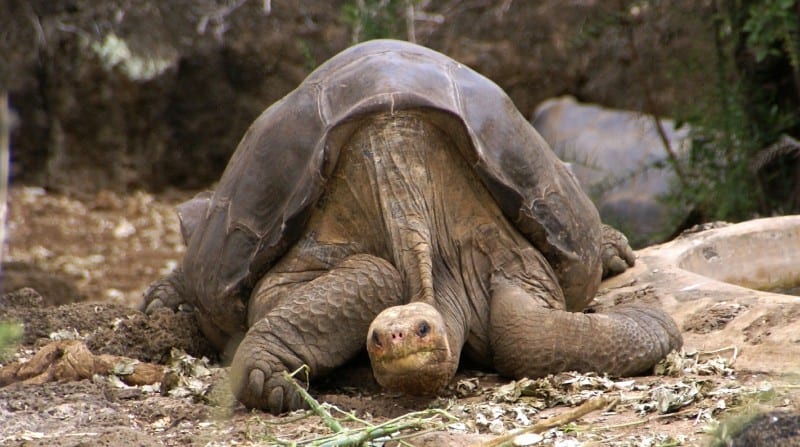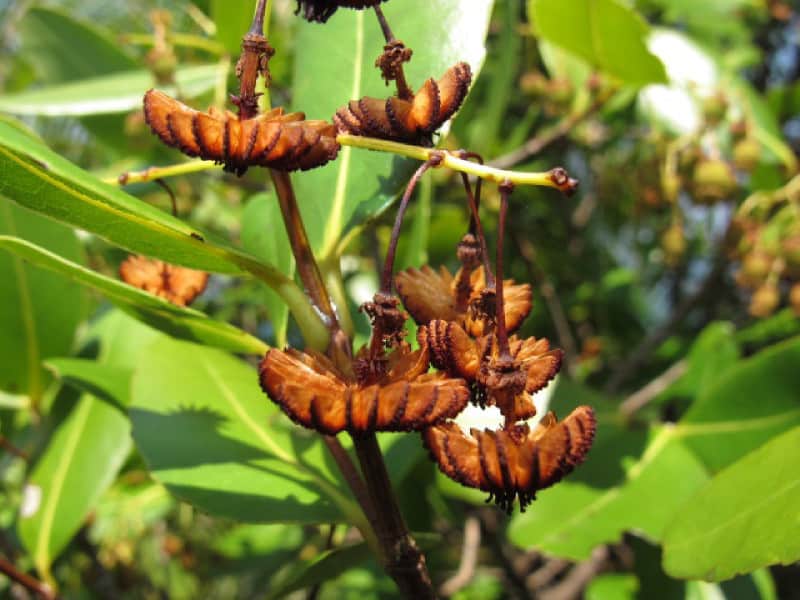Aldabra Giant Tortoise Facts
- This amazing reptilian masterpiece of evolution most frequently goes by informative common name of the Aldabra Giant Tortoise. Unlike many species, of all kinds, around the world, for the moment no other generally accepted alternate to this term exists.
- Scientific professionals, such as researchers, however, typically use the technical term when referring to the animal. That term, though, is somewhat difficult for laymen to pronounce. That’s because it bears the formal name of the Aldabrachelys gigantea.
- It received that moniker due to the efforts of August Friedrich Schweigger. The respected German naturalist recorded the first official recognition of the creature as a separate and distinct species. This scientifically noteworthy deed took place in 1812.
- Regardless of the term one chooses to use for it, though, it remains a remarkable product of Nature. It also stands out from its peers for an impressive reason. That’s due to the fact that it presently ranks as one of the largest known tortoises in the world.
- For the moment, the population of the Aldabra Giant Tortoise appears to be stable. That fortunate situation also seems to hold true throughout the entirety of its natural range. Despite this, however, the IUCN currently lists it as Vulnerable on its Red List.
- That status exists due to a combination of factors. The extent of its range limits its possibilities, for one. Other possible threats include habitat loss due to human expansion. Its greatest threat, though, may come in the form of ongoing climate change.
Related Articles



Aldabra Giant Tortoise Physical Description
To be certain, its sheer size isn’t the only impressive thing about the fabulous Aldabra Giant Tortoise. Nonetheless, as its very name implies, that aspect of its nature certainly merits appreciation. In the case of this specific tortoise, though, Nature took things up a notch.
Like many of its relatives, however, the animal also displays a moderate degree of the physiological characteristic of sexual dimorphism. In its specific case, this trait manifests itself in terms of sheer size. More specifically, females attain a smaller average size.
The carapace of most males attains an astounding average length of roughly 48 in (122 cm). An average weight, furthermore, equals approximately 550 lbs (250 kg)! Exceptional individual specimens do occur occasionally, of course, reaching even greater sizes.
Females of the species, meanwhile, reach an average length only about 36 in (91 cm). Their average weight also naturally remains less. This gender attains a typical weight equalling roughly 351 lbs (159 kg). Both genders reach smaller measurements in captivity.
Otherwise, the two genders of the intriguing Aldabra Giant Tortoise appear virtually indistinguishable in appearance. The carapace additionally generally presents as tan or brownish in color. The shell of the reptile also often manifests a highly domed shape.
Meanwhile, its powerful legs develop as relatively stocky in construction. These also have a heavily scaled outer covering. Its the neck that stands out the most, perhaps, though. This develops as more elongated in relation to body size than most of its many kindred.
- Kingdom: Animalia
- Phylum: Chordata
- Class: Reptilia
- Order: Testudines
- Family: Testudinidae
- Genus: Aldabrachelys
- Species: A. gigantea
Aldabra Giant Tortoise Distribution, Habitat, and Ecology
Unfortunately, the magnificent Aldabra Giant Tortoise possesses an extremely limited natural habitat range. As the name implies, though, that includes the Aldabra Atoll. This collection of islands forms part of the larger Seychelles group, in the Indian Ocean.
Regrettably, the majority of their natural population appears in that one restricted area. A few other, naturally occurring groupings also exist, however. These much smaller colonies appear in a National Park, on Moyenne Island, and the island of La Digue.
Yet another, albeit extremely tiny population, appears natively in one more area. That tiny grouping lives on the islet of Changuu, located near Zanzibar. This location, though, only covers about 46 acres (18.6 ha). Small captive populations also exist, in a few parks.
Thankfully, though, within those limited zones of habitation, their nature serves them well. That’s because they evolved as highly adaptible. Due to this ability, individuals and groups appear in such diverse areas as scrub, grasslands, mangrove forests, and coastal dunes.
The impressive Aldabra Giant Tortoise evolved as primarily herbivorous. Its principal source of nourishment consists of local woody plant stems, leaves, and grasses. Individuals occasionally consume small quantities of invertebrates and carrion, including dead tortoises.
Locally available fruit also serves as a source of nourishment. The long neck allows them to feed on objects as much as 3.3 ft (1 m) above the ground. Specimens may live either solitary lives, or as part of small groups. Maximum lifespan is thought to exceed 200 years!
Species Sharing Its Range



Check out our other articles on 3 Amazing North American Amphibians, Hopkin’s Rose Nudibranch, Le Morne Brabant, American Cranberrybush, Gray Fox, African Monarch, Gila Monster












Leave a Reply